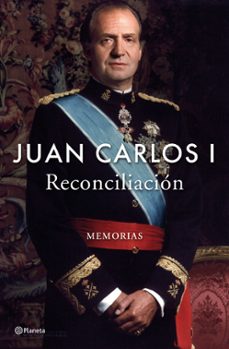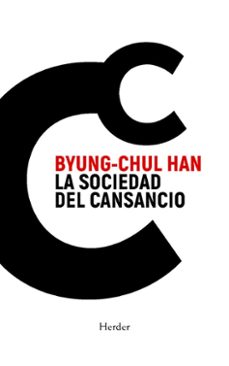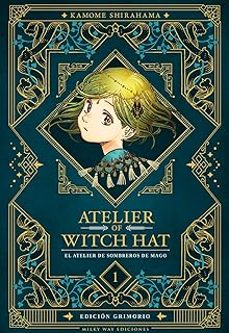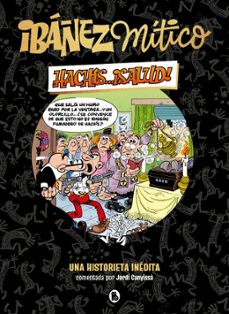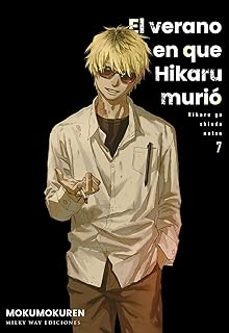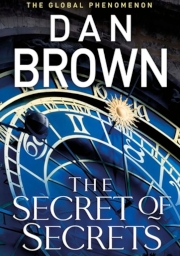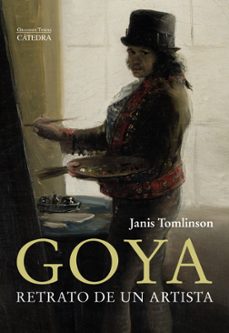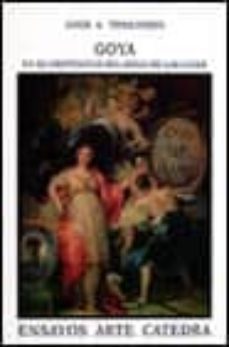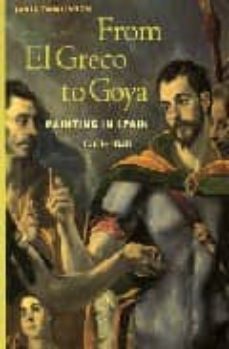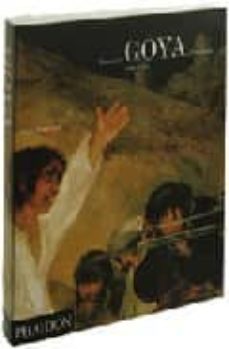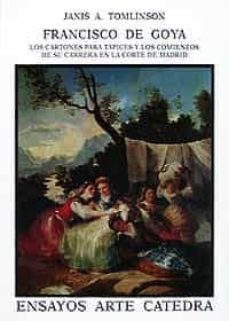Imprescindibles
Ficción
No Ficción
Ciencias y tecnología Biología Ciencias Ciencias naturales Divulgación científica Informática Ingeniería Matemáticas Medicina Salud y dietas Filología Biblioteconomía Estudios filológicos Estudios lingüísticos Estudios literarios Historia y crítica de la Literatura
Humanidades Autoayuda y espiritualidad Ciencias humanas Derecho Economía y Empresa Psicología y Pedagogía Filosofía Sociología Historia Arqueología Biografías Historia de España Historia Universal Historia por países
Infantil
Juvenil
#Jóvenes lectores Narrativa juvenil Clásicos adaptados Libros Wattpad Libros Booktok Libros de influencers Libros de Youtubers Libros Spicy Juveniles Libros LGTBIQ+ Temas sociales Libros ciencia ficción Libros de acción y aventura Cómic y manga juvenil Cómic juvenil Manga Shonen Manga Shojo Autores destacados Jennifer L. Armentrout Eloy Moreno Nerea Llanes Hannah Nicole Maehrer
Libros de fantasía Cozy Fantasy Dark academia Hadas y Fae Romantasy Royal Fantasy Urban Fantasy Vampiros y hombres lobo Otros Misterio y terror Cozy mistery Policiaca Spooky Terror Thriller y suspense Otros
Libros románticos y de amor Dark Romance Clean Romance Cowboy Romance Mafia y amor Romance dramatico Romcom libros Sport Romance Otros Clichés Enemies to Lovers Friends to Lovers Hermanastros Slow Burn Fake Dating Triángulo amoroso
Cómic y manga
Novela gráfica Novela gráfica americana Novela gráfica europea Novela gráfica de otros países Personajes, series y sagas Series y sagas Star Wars Superhéroes Cómics DC Cómics Marvel Cómics otros superhéroes Cómics Valiant
eBooks
Literatura Contemporánea Narrativa fantástica Novela de ciencia ficción Novela de terror Novela histórica Novela negra Novela romántica y erótica Juvenil Más de 13 años Más de 15 años Infantil eBooks infantiles
Humanidades Autoayuda y espiritualidad Ciencias humanas Economía y Empresa Psicología y Pedagogía Filosofía Historia Historia de España Historia Universal Arte Cine Música Historia del arte
Ciencia y tecnología Ciencias naturales Divulgación científica Medicina Salud y dietas Filología Estudios lingüísticos Estudios literarios Historia y crítica de la Literatura Estilo de vida Cocina Guías de viaje Ocio y deportes
Janis Tomlinson
Recibe novedades de JANIS TOMLINSON directamente en tu email
Filtros
Del 1 al 5 de 5
Ediciones Cátedra 9788437644288
La vida de Francisco de Goya (1746-1828) coincidió con una época de transformaciones en la historia de España que desató turbulencias en la política del país y en la corte de la que formó parte el ar
Ver más
Tapa blanda
PRENTICE-HALL INTERNATIONAL EDITION 9780131833555
Yet painting in Spain is far richer than this view supposes. During the Renaissance the splendid court of Philip II led a society made wealthy by a monopoly on New World trade. His Spain became a mecca for the finest artists of Europe, especially those from Italy and the Netherlands. During the next 250 years, a glorious art of painting flourished at the Habsburg and Bourbon courts in Madrid, and in the cities of Seville, Valencia, and Toledo: majestic, fiercely emotional, elegant, and urbane. From the insightful portraits of El Greco and Velazquez to the stark poetry of Zurbaran's religious works, from images of monarchic authority to courtly entertainments, painters working in Spain created an art of extraordinary stature, woven into the international world of Mannerism, the Baroque, and the Rococo. Janis Tomlinson traces these myriad influences as they developed from generation to generation of artists, culminating in the unique accomplishment of Francisco Goya, last of the old masters and first of the moderns.
Ver más
Tapa blanda
PHAIDON PRESS LIMITED 9780714838441
Goya An account of the life and work of the landmark painter.Janis Tomlinson A celebrated account of the life and work of Francisco Goya (1746-1828) Goya is considered to be the last of the Old Masters and the first of the Moderns; his diverse body of work includes both formal royal portraits of the Spanish court and some of the most compelling images of social unrest and personal anguish ever painted Places Goya in the social and political context of his time, addresses the contradictions of his art and discusses his drive to experiment with new media Francisco Goya (1746-1828) has been called the last of the Old Masters and the first of the Moderns. For most of his career he was court painter to the Spanish kings, yet he also produced some of the most compelling images of social unrest and personal anguish ever painted. Among his works are formal royal portraits and the so-called 'black paintings' - intensely private images of loneliness and despair. In this beautifully illustrated and up-to-date account of all aspects of Goya's career, Janis Tomlinson addresses the contradictions of his art and places the artist and his work in the social and political context of Spain and Europe during the period of the French Revolution and its reactionary aftermath. This absorbing, thoughtful, prize-winning study, while remaining the essential monograph on this landmark painter, is now made available to a wider audience in an attractively priced paperback edition
Ver más
Otros
CATEDRA 9788437611921
Tapa blanda
Del 1 al 5 de 5

